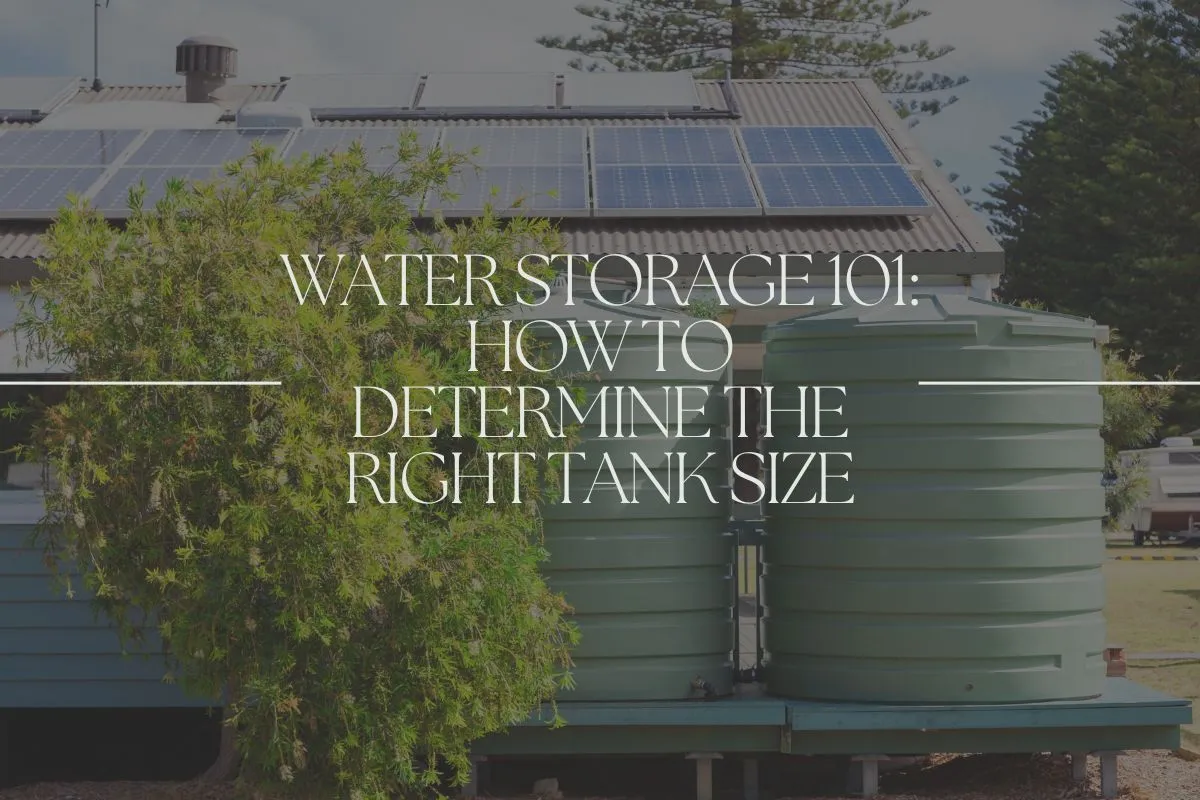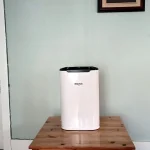Water is a crucial resource for daily life, agriculture, and emergency preparedness. Whether you’re planning to store water for household use, irrigation, or rainwater harvesting, choosing the right tank size is essential.
A tank that’s too small may leave you short of water when you need it most, while an oversized tank can lead to unnecessary costs.
In this guide, we’ll explore the factors that influence water tank sizing, provide practical tips for selection, and outline methods to determine the ideal size for your needs.
How Big of a Water Storage Tank Do I Need?
The size of a water storage tank depends on several factors, including your daily water consumption, the purpose of storage, and the reliability of your water source. For households, tanks typically range from 500 gallons (1,900 litres) to 2,000 gallons (7,600 litres). Larger tanks are often required for agricultural or rainwater harvesting systems. By assessing your specific needs and understanding the factors at play, you can choose a tank size that balances capacity with cost-effectiveness.
Factors That Influence Tank Size
Several key factors determine the appropriate size of a water storage tank:
1. Daily Water Usage
- The average person uses approximately 80-100 gallons (300-380 litres) of water per day for drinking, cooking, cleaning, and other activities.
- Multiply this figure by the number of people in your household to estimate daily usage. For example:
Daily Usage=Number of People×Average
2. Purpose of Water Storage
- Household Use:Tanks for household use should accommodate daily consumption plus a buffer for emergencies.
- Rainwater Harvesting:The size depends on roof catchment area and average rainfall in your location. For instance:
Harvested Water (Litres)=Roof Area (m2)×Rainfall (mm)×0.
The factor 0.85 accounts for losses like evaporation and overflow.
- Irrigation:Tanks for irrigation depend on crop requirements and watering frequency.
3. Reliability of Water Source
- If you rely on municipal water with consistent supply, a smaller tank may suffice.
- In areas with irregular supply or drought-prone regions, larger tanks provide a necessary buffer.
4. Space Constraints
- Available space for installation may limit tank size. Slimline or underground tanks are ideal for tight spaces.
5. Local Regulations
- Building codes or environmental regulations may dictate minimum or maximum tank sizes for certain applications.
6. Future Needs
- Anticipate potential increases in water demand due to family growth or property expansion.
Tips for Choosing the Right Water Tank
When selecting a water storage tank, consider these practical tips:
- Material Selection: Tanks are available in various materials such as plastic (lightweight and durable), steel (long-lasting), or concrete (ideal for large-scale storage). Choose one that suits your needs and budget.
- Shape and Design: Round tanks maximize volume efficiency; slimline tanks save space.
- Covered vs Open Tanks: Covered tanks prevent algae growth and contamination, making them ideal for potable water storage.
- Ease of Maintenance: Opt for tanks with easy-to-clean designs and durable components.
- Cost Considerations: Larger tanks have higher upfront costs but can reduce refill frequency over time.
How to Determine the Right Tank Size
Follow these steps to calculate the ideal size for your water storage tank:
1. Estimate Daily Usage
Use this formula to calculate daily requirements:
Tank Size (Litres)=Daily Water Usage×Number of Days Storage
Add a safety margin of 20-30% to account for peak demand or emergencies.
2. Calculate Rainwater Harvesting Capacity
For rainwater harvesting systems:
Harvested Water (Litres)=Roof Area (m2)×Rainfall (mm)×0.
This ensures you capture enough rainwater based on your local climate.
3. Assess Space Availability
Measure the area where the tank will be installed and choose a shape that fits comfortably.
4. Factor in Future Growth
If you anticipate increased water needs due to family expansion or property upgrades, opt for a slightly larger tank.
5. Managing Water Tank Levels
If you are planning on installing a water tank at home or commercially, consider investing in a Smart Water tank level indicator. This smart technology will allow you to monitor the level of water in your tank from anywhere in the world using their app, as well as providing additional services such as early leak detection and low water level warnings.
6. Consult Experts
Manufacturers and suppliers can provide tailored recommendations based on your specific requirements.
Conclusion
Choosing the right water storage tank size is essential for ensuring an adequate supply while optimizing costs and space usage. By understanding your daily water needs, evaluating factors like purpose and reliability of supply, and using simple calculations, you can make an informed decision that meets both current and future demands.
For additional tips on managing water systems at home, check out these helpful resources:
Frequently Asked Questions
What is the average size of a water storage tank for a household?
The average household water storage tank ranges between 500 gallons (1,900 litres) and 2,000 gallons (7,600 litres), depending on family size and usage patterns.
How much water does a person use per day?
On average, one person uses about 80-100 gallons (300-380 litres) per day for all activities combined.
Do I need a larger tank for rainwater harvesting?
Yes. Rainwater harvesting requires larger tanks to store collected rainwater effectively. The size depends on roof area, rainfall levels, and intended use of harvested water.
By carefully considering these factors and following the outlined steps, you’ll be well-equipped to select the perfect water storage solution tailored to your needs!










